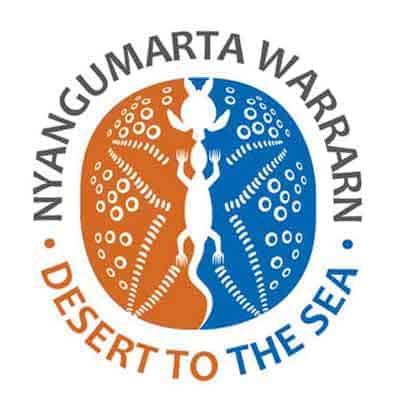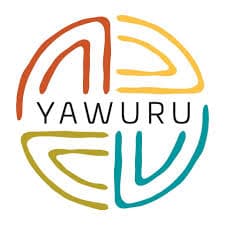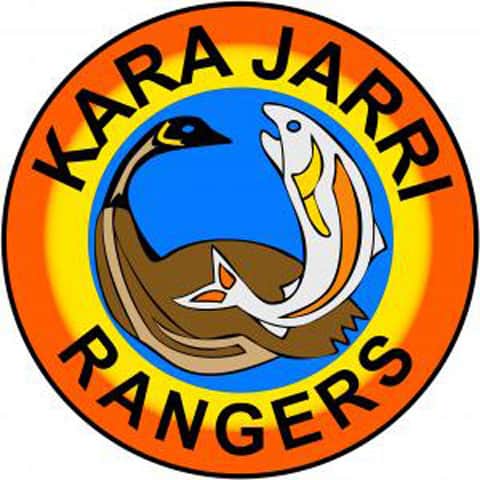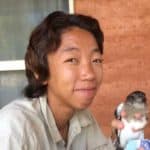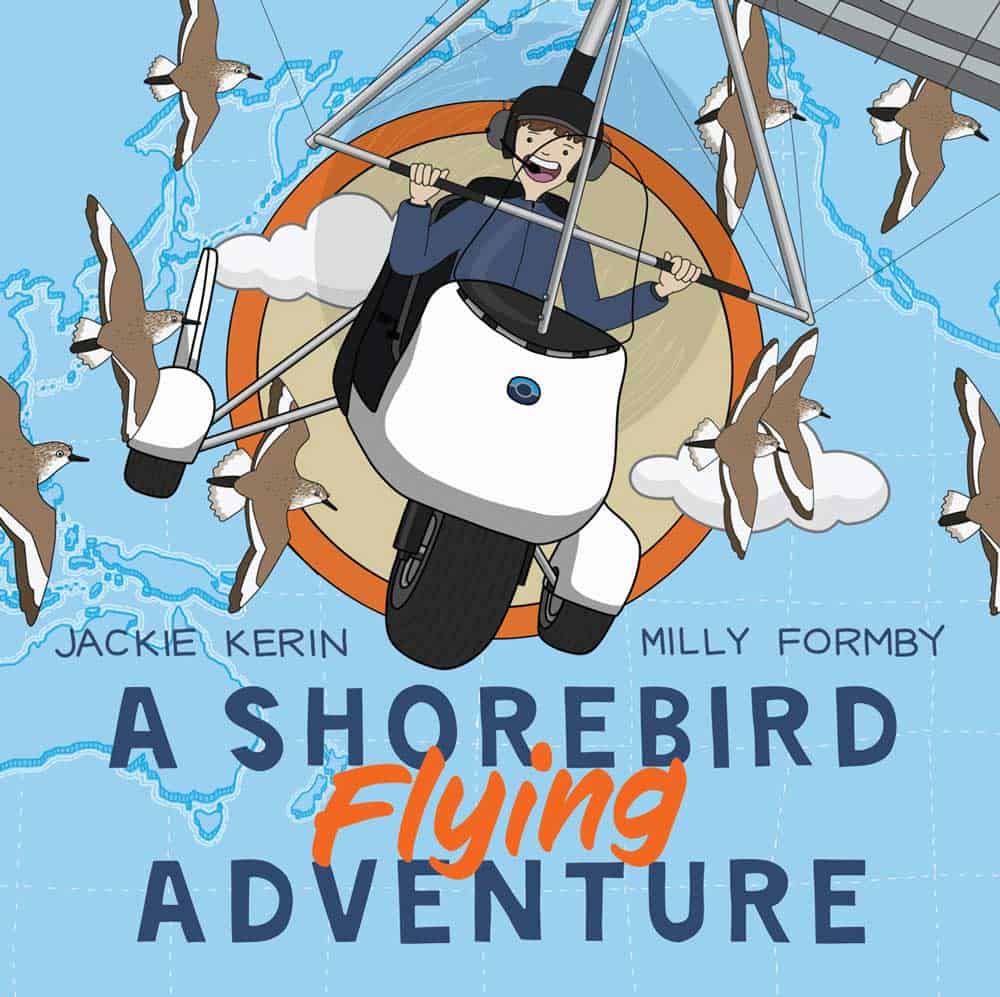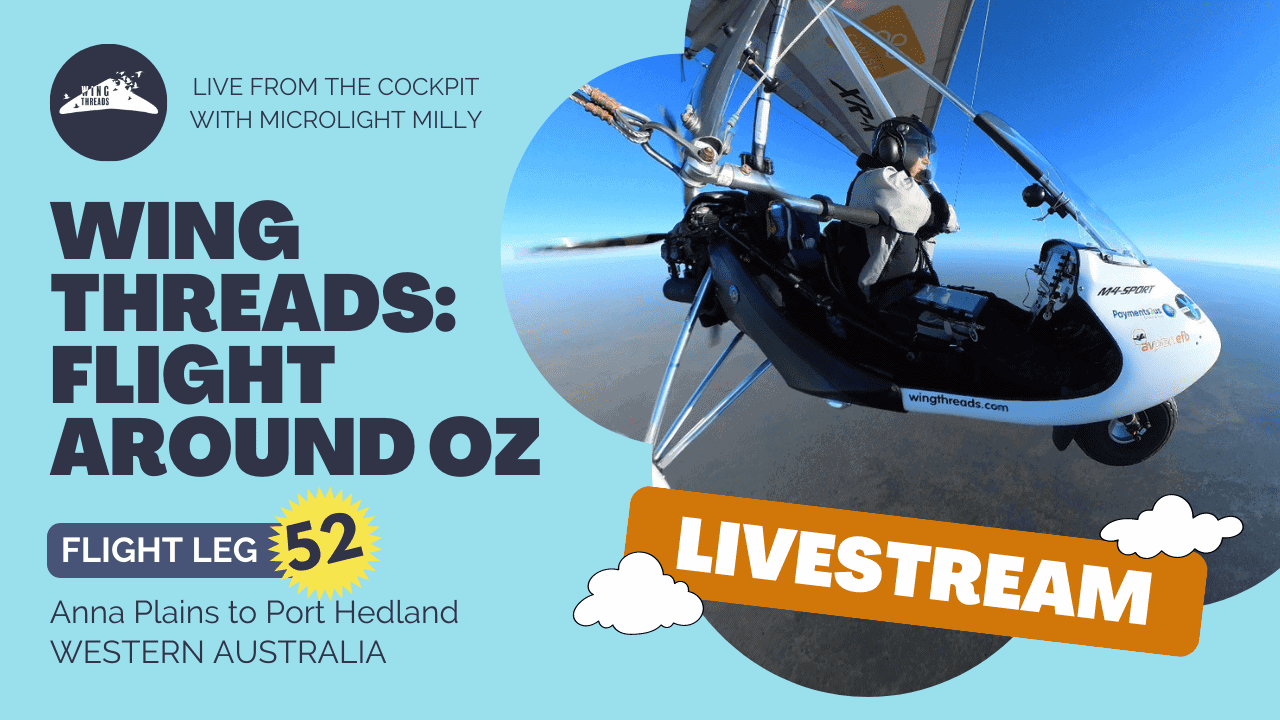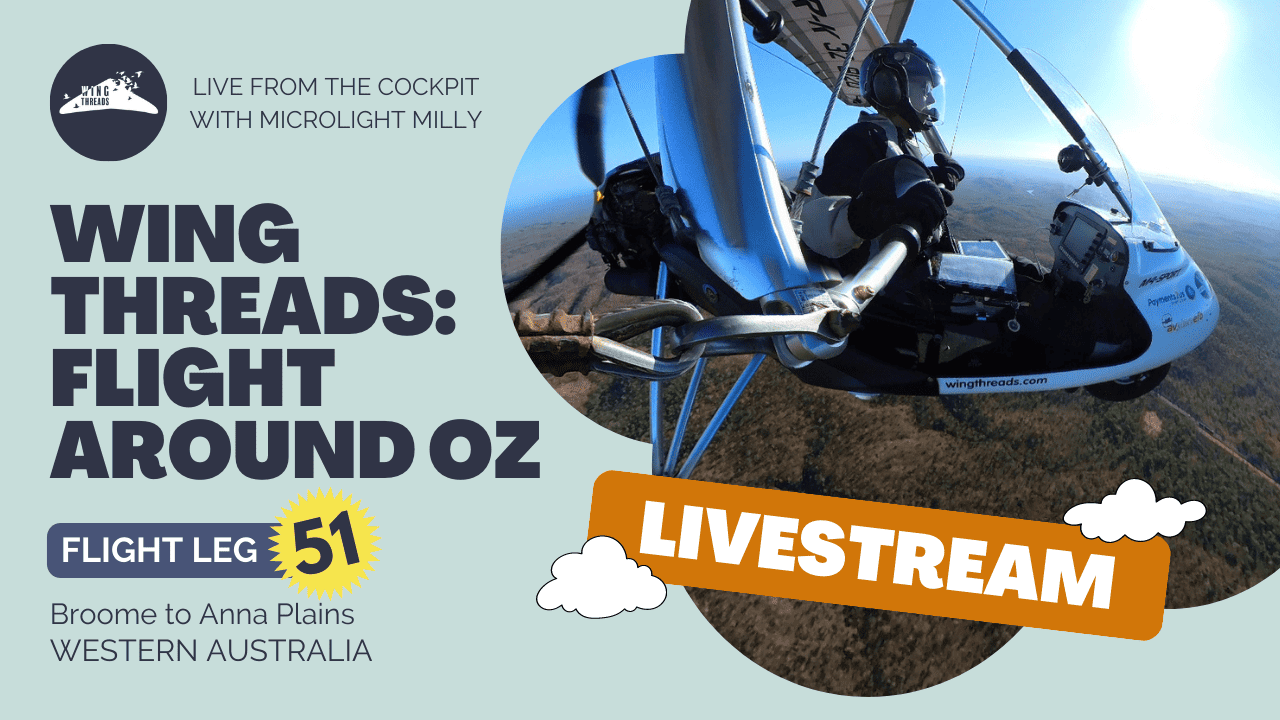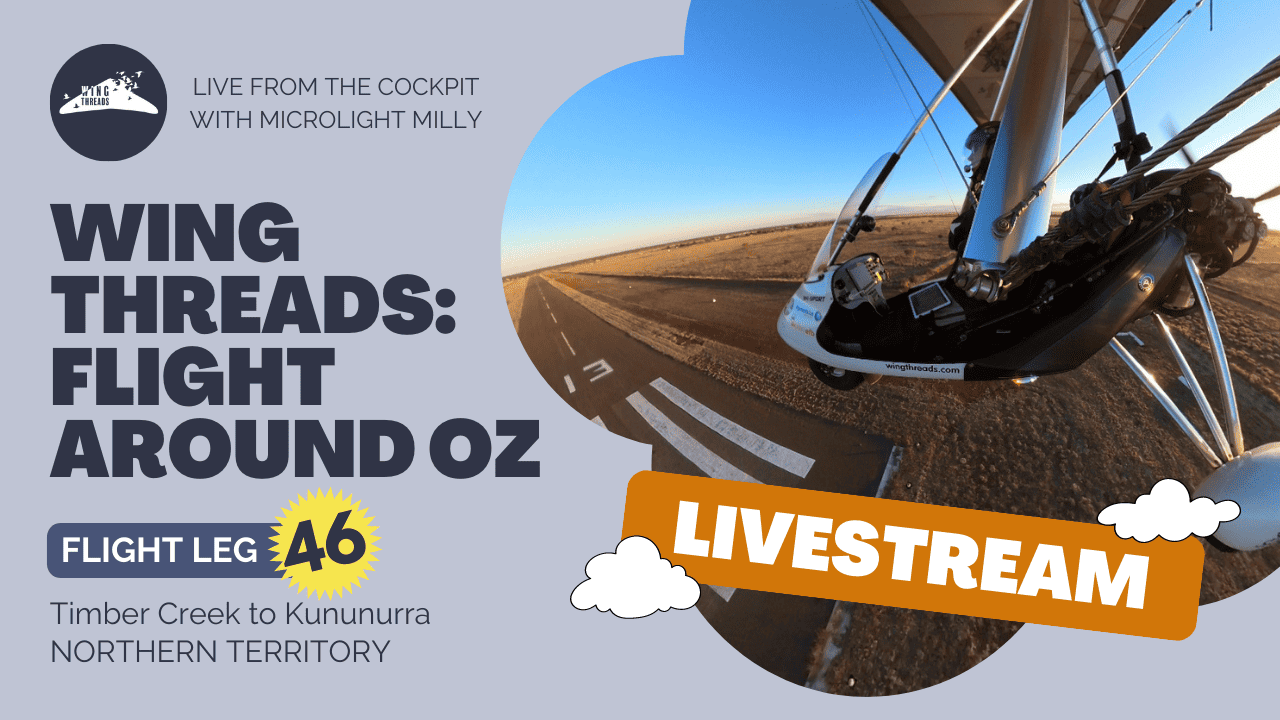Watch out for migrating Whimbrels!
It is migration time and our satellite-tagged Whimbrels are on the move! Three of our Whimbrels departed Australia between 16-20th April and they are now in the northern hemisphere.
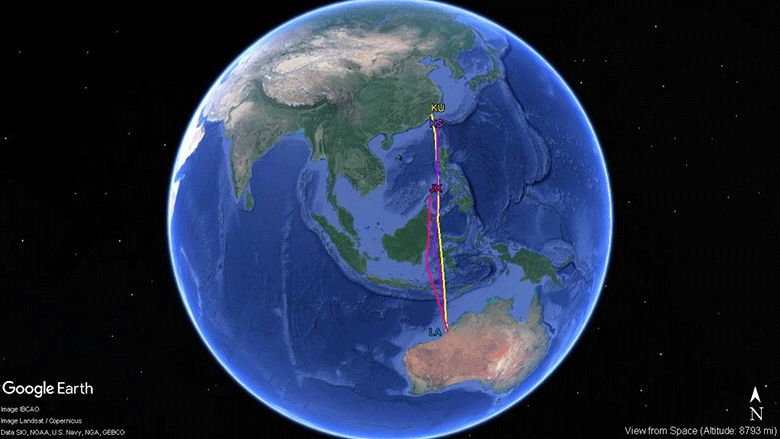

Whimbrel KS
KS was the first bird to depart Broome on 16th April. The last signal transmitted from Broome was on 16 April at 1am. By the time the satellite transmitter switched on again to transmit data to the satellite on 18 April morning, KS has already flown 2,000km to cross the equator. Three days later, it decided to land on Xihcao wetland in Tainan County, Taiwan; a nature reserve set up for the protection of Black-faced Spoonbill and other shorebirds. Habitats there include tidal mudflats, mangroves and saltpans. There are a few records of Whimbrel tagged in north-west Australia sighted on the west coast of Taiwan, but not from this area.
The real surprise came four days later (26th April), when KS was re-sighted and photographed on the north-east coast of Taiwan in Yilan County – even before the satellite transmission came through to reveal its location. KS was observed foraging with a flock of seven other Whimbrels in one of the river channels in Xiapo wetlands, which is a popular farmland area for watching waterbirds among local birdwatchers.

Excellent photos taken by Mr. LIN Jer An show KS with its satellite transmitter intact on its back. In previous AWSG shorebird satellite tracking projects, we faced problems with satellite transmitters ceasing to function during migration. Knowing that both the bird and the transmitter are both in good condition two months after deployment and have made a long flight of more than 4,500km is a real delight!

Whimbrel KU
KU was not too far behind KS, departing Broome just one day later on the afternoon of April 17th. Within a four-hour period, KU made a 200km flight, averaging a speed of 50km per hour.
The long flight continued until April 23rd, when KU landed along the coast of Xinghua Bay, Fujian Province, China; an extensive mudflat with 16,000+ waterbirds recorded for the site (China Coastal Waterbird Census, 2007), but the area is yet to receive any protection status.

Whimbrel JX
JX was our last bird to be released with a satellite transmitter and is also the last bird to start migration, departing Broome on April 20th.

Over four days, JX travelled over 3,000km without stopping with an average speed of 31km per hour to reach Malanut Bay in Palawan, the Philippines.
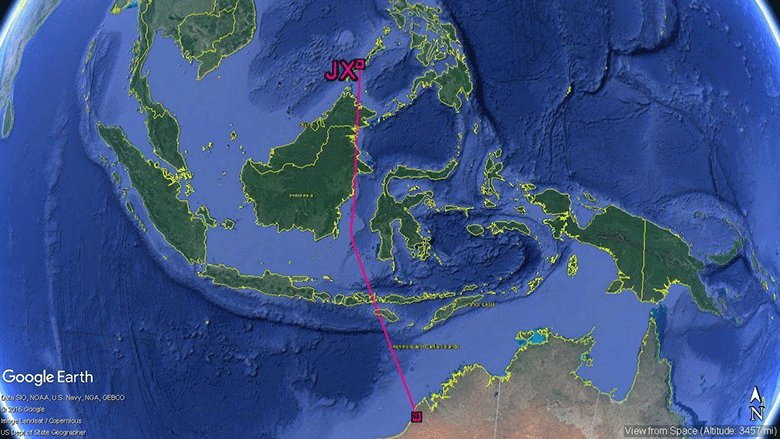
It looks as though KS, KU and JX will all stay where they are for a while to replenish after their long flight. They will most likely depart again for their next leg of migration in a few days time.

Whimbrel LA - 2 years old
Last but not least, LA – our 2-year old Whimbrel – is still 40-50km south of the Anna Plains Station entrance to Eighty Mile Beach. We are almost certain that it will stay in Australia for the full second year of its life.


Acknowledgements
Clive Minton
The extensive and expensive satellite tracking program we have set up in NWA has only been possible through the efforts and generosity of a large number of people and organizations. It is difficult to know where to start with the formal acknowledgements so I will list them – but not in any particular order of priority.
- The members of the AWSG NWA 2019 Wader and Tern Expedition and similar NWA expeditions in previous years, are particularly thanked for their efforts in the field in catching, banding and deploying transmitters on a range of species.
- Landowners are especially thanked for permission to go onto their property to enable us to catch various species in order to deploy the satellite transmitters. In particular we thank Anna Plains Station for giving us the freedom to roam over large areas of grazed grassland when counting and catching target species.
- AWSG acknowledges the Yawuru People via the offices of Nyamba Buru Yawuru Limited for permission to catch birds on the shores of Roebuck Bay, traditional lands of the Yawuru people.
- AWSG acknowledges the Karajarri and Nyangumarta people for permission to catch birds to be marked for this project on the shores of 80 Mile Beach, traditional lands of the Karajarri and Nyangumarta.
- The cost of the satellite transmitters, which cost around $5000 each, and the satellite downloading costs (around $1000-1500 per month) have been met by a variety of sources. Private individuals (Charles Allen and Doris Graham) have made most generous individual contributions. Kate Gorringe-Smith and her team of artists involved in The Overwintering Project made a large, generous donation from funds raised during their various public exhibitions. The annual NWA Expedition members, collectively, also provided significant funds each year.

